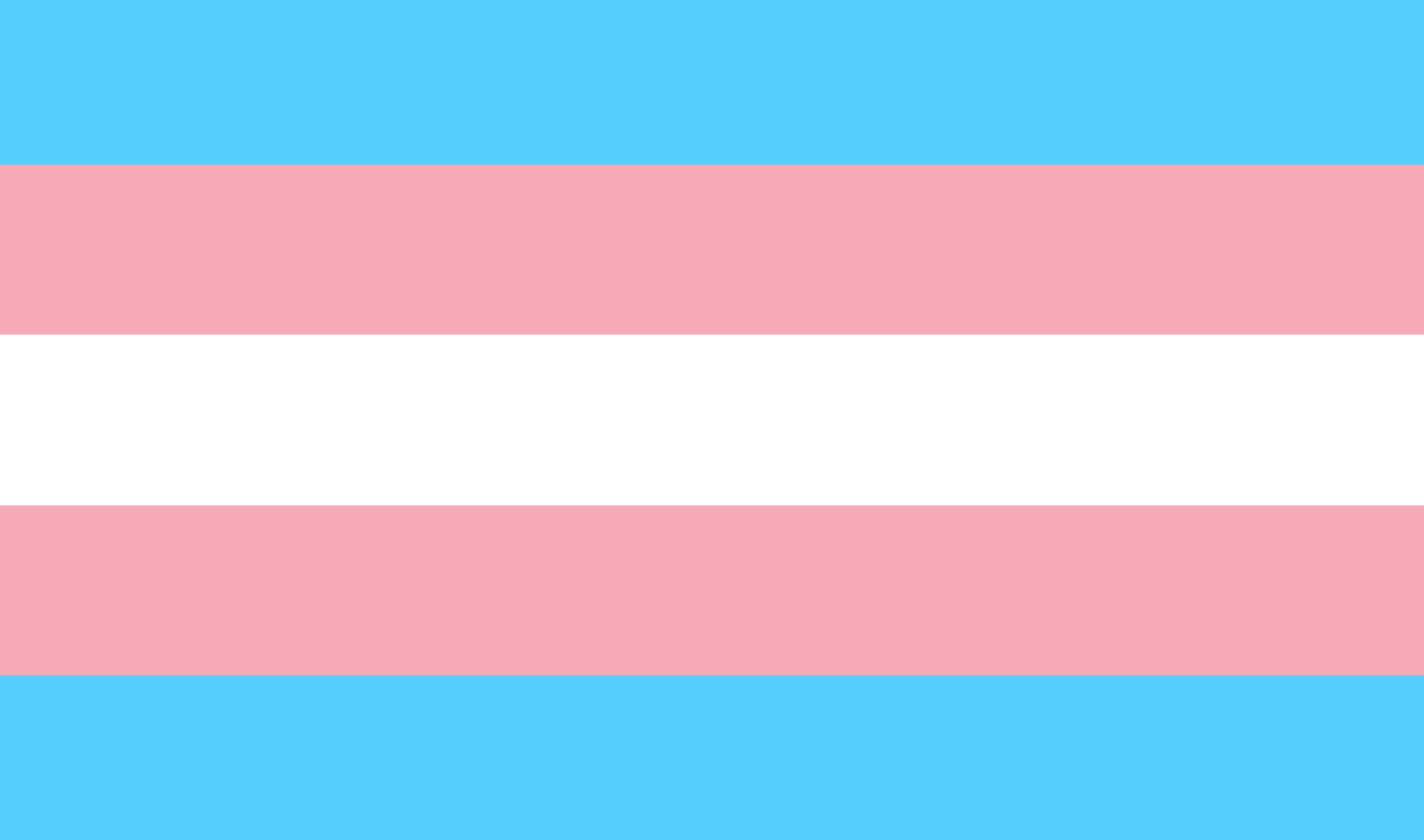

There are many forms of hormonal transition with many different positives and drawbacks.
Puberty blockers are a type of treatment that delays puberty in children with the intent to slow the development of a child such that they are more prepared to make a decision on their own development with more certainty and thus more medical consent. Puberty blockers suprress testosterone and estrogen, and are most commonly a "gonadotropin-releasing hormone (GnRH) analogue." as per webmd(Benisek, 2022). This isn't directly part of a transition, but it is a step which allows a child to determine their own transition. One often suggested drawback of puberty blockers is a reduction in bone density for AMAB (assigned male at birth) trans individuals, though a study from 2022 suggests that it is possible that AMAB trans children are predisposed to lower bone density before, rather than after, using puberty blockers. This leads to the conclusion that it is unclear whether it may be an effect of puberty blockers or not.(Albara Marwa, et al.)

Hormone Replacement Therapy is the core of a hormonal transition. This is where a patient will have their standard hormones suppressed and their endocrene system is introduced with new hormones in order to have the body push towards the secondary sex characteristics of the opposing sex, such as increased breast growth or increased muscles.
If you want to know what went into this, check Sources!